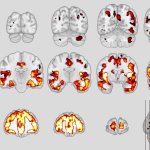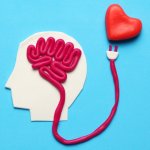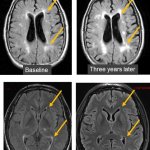
News • Dementia destigmatisation
"This Is Us": Alzheimer's storyline in TV drama found to have positive impact
The inclusion of a narrative about Alzheimer’s disease in primetime TV drama “This Is Us” was found to help reduce stigma around dementia and motivate family discussions about plans for aging.


























